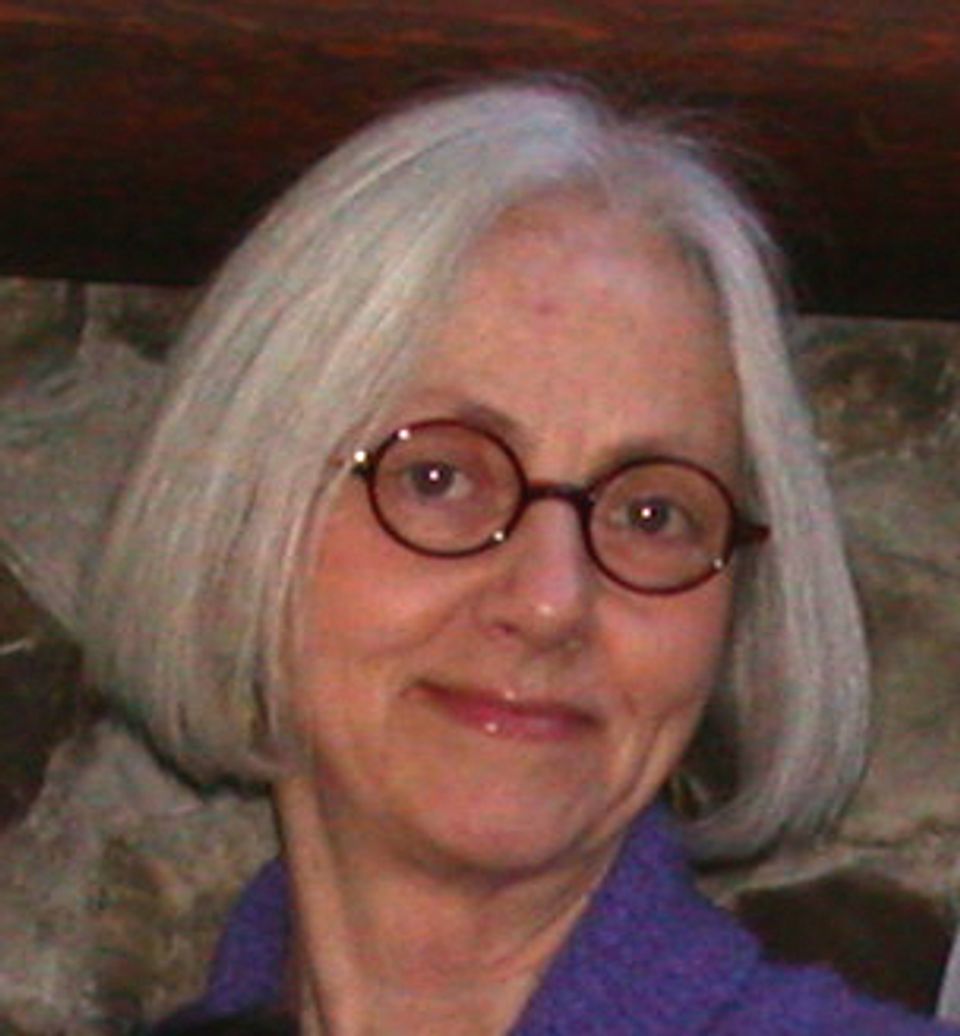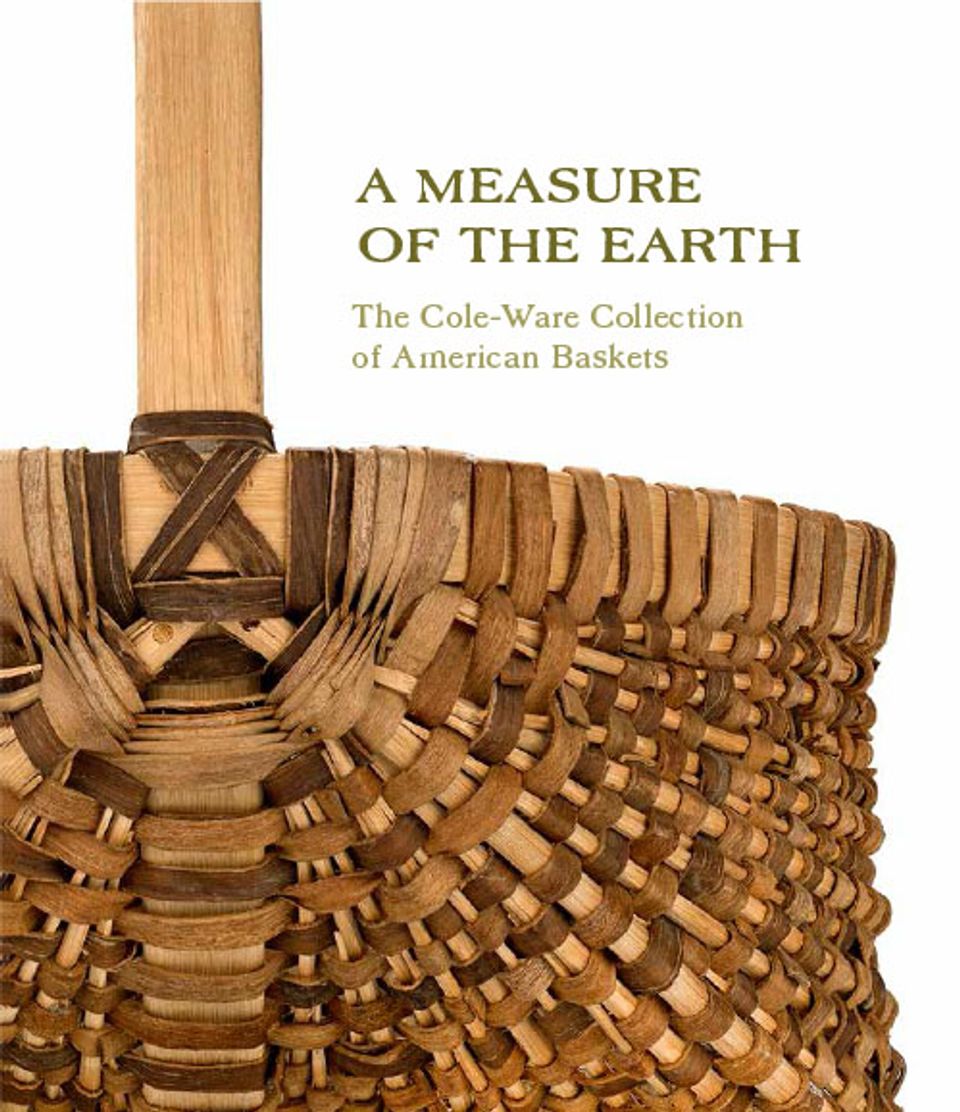Artist
Dona Look
born Port Washington, WI 1948

- Also known as
- Dona Jean Look
- Born
- Port Washington, Wisconsin, United States
- Active in
- Algoma, Wisconsin, United States
- Biography
Dona [DOE-nah] Look received her BA from the University of Wisconsin, Oshkosh. She has received two fellowships from the National Endowment for the Arts and several top awards from the Philadelphia Craft Show. Her work has been featured in several books and magazines, including FIBERARTS and The Traveler's Guide to American Crafts. She is represented in the collections of the American Craft Museum and the Arkansas Arts Center, as well as the Erie Art Museum.
White House Collection of American Crafts exhibition (Washington D.C.: National Museum of American Art, 1995)














